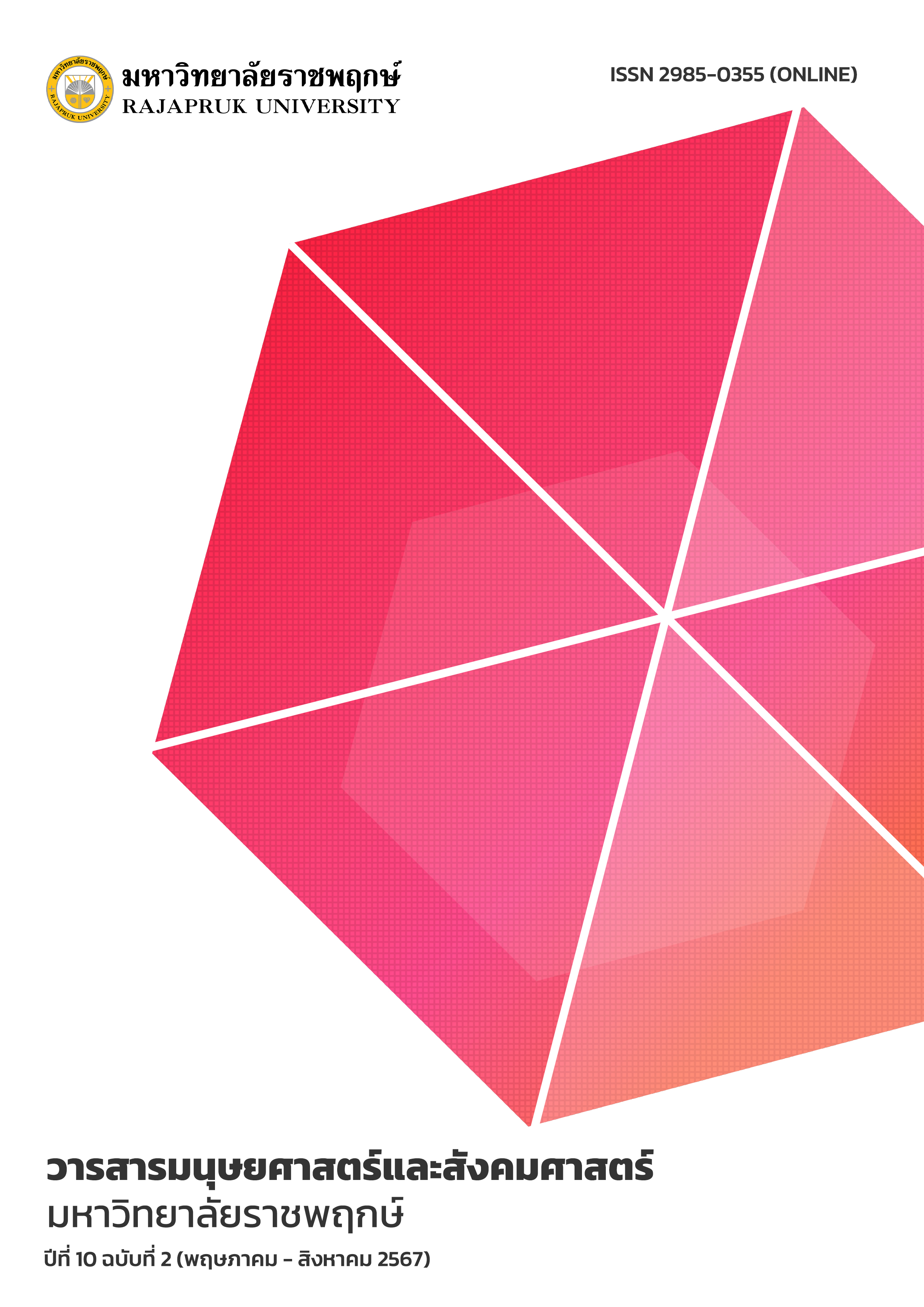Diagnosis of Misconceptions in Mathematics on Exponents of Matthayom Sueksa Two Students at Ramkhamhaeng University Demonstration School (Secondary Level)
Main Article Content
Abstract
ABSTRACT
The Objective of this research was to study the constructs diagnosis of misconceptions in mathematics on exponents for Matthayom Sueksa Two students at Ramkhamhaeng University Demonstration School (RUDS) (Secondary Level). The sample population consisted of forty-five Matthayom Sueksa two students in one classroom at Ramkhamhaeng University Demonstration School (RUDS) (Secondary Level) using the technique of cluster sampling. The research instrument was a parallel four multiple-choice test of thirty-four items with the reliability of .889. The congruence of the response distribution of the test was determined from the responses by using the technique of chi-square ( ) twice. The responses of students on misconceptions were analyzed using the percentage of each choice and the items the students wrongly selected more than or about fifty percent.
The results of the research revealed. (1) The aspect of using definitions, theorems, formulas, regulations and property measured by seven pairs of tests (fourteen items) found the following. There were three pairs of tests where greater than fifty percent of the students gave wrong responses. The students exhibited misconceptions at the highest level in writing numbers in the form of scientific notations. (2) The aspect of calculation or operations measured by seven pairs of tests (fourteen items) found the following. There were five pairs of tests where greater than fifty percent of the students gave wrong responses. The students exhibited misconceptions at the highest level in the division of exponents. (3) The aspect of interpretation from problems measured by using three pairs of tests (six items) found the following. The students gave wrong responses greater than fifty percent in three pairs of tests. The students exhibited misconceptions at the highest level in writing symbolic sentences. The students could not write symbolic sentences from language sentences.
Article Details
References
กระทรวงศึกษาธิการ.(2560). ตัวชี้วัดและสาระการเรียนรู้แกนกลาง กลุ่มสาระการเรียนรู้คณิตศาสตร์ (ฉบับปรับปรุง 2560) ตามหลักสูตรแกนกลางการศึกษาขั้นพื้นฐาน พุทธศักราช 2551. กรุงเทพมหานคร: โรงพิมพ์ชุมนุมสหกรณ์การเกษตรแห่งประเทศไทย.
บุญชม ศรีสะอาด. (2537). การพัฒนาการสอน. กรุงเทพฯ: สุวีริยาสาส์น.
สถาบันทดสอบทางการศึกษาแห่งชาติ.(2564). ผลการทดสอบทางการศึกษาแห่งชาติขั้นพื้นฐาน (O-NET). ค้นเมื่อ 12 ธันวาคม 2564, จาก http://www.newonetresult.niets.or.th/
สถาบันส่งเสริมการสอนวิทยาศาสตร์และเทคโนโลยี. (2555). หนังสือเรียนรายวิชา พื้นฐานมัธยมศึกษาปีที่ 2 กลุ่มสาระการเรียนรู้คณิตศาสตร์. กรุงเทพฯ: โรงพิมพ์ สกสค. ลาดพร้าว.
อัมพร ม้าคะนอง. (2551). การวินิจฉัยข้อผิดพลาดทางการเรียนคณิตศาสตร์ ของนักเรียนชั้น มัธยมศึกษาปีที่ 5 โรงเรียนสาธิตจุฬาลงกรณ์มหาวิทยาลัย. กรุงเทพฯ: คณะครุศาสตร์ จุฬาลงกรณ์มหาวิทยาลัย.
Ojose B. (2015). Students’ Misconceptions in Mathematics: Analysis of Remedies and What Research Says. Youngstown state University.
Ozkan E, Ozkan A. (2012). Misconception in exponential number in 1st and 2nd level primary school mathematics. Davutpasa Campus, Turkey.
Mahmud R, Tahir S, Gaffar A, Wulandari S, Trisnowali A. (2020). Analyzing
Misconception of Exponent for High School in Makassar. Advances in Social
Science, Education and Humanities Research, 550, 430-433.
Ulusoy F. (2019). Serious obstacles hindering middle school students’ understanding of integer exponents. International Journal of Research in Education and
Science (IJRES), 5(1), 52-69.


